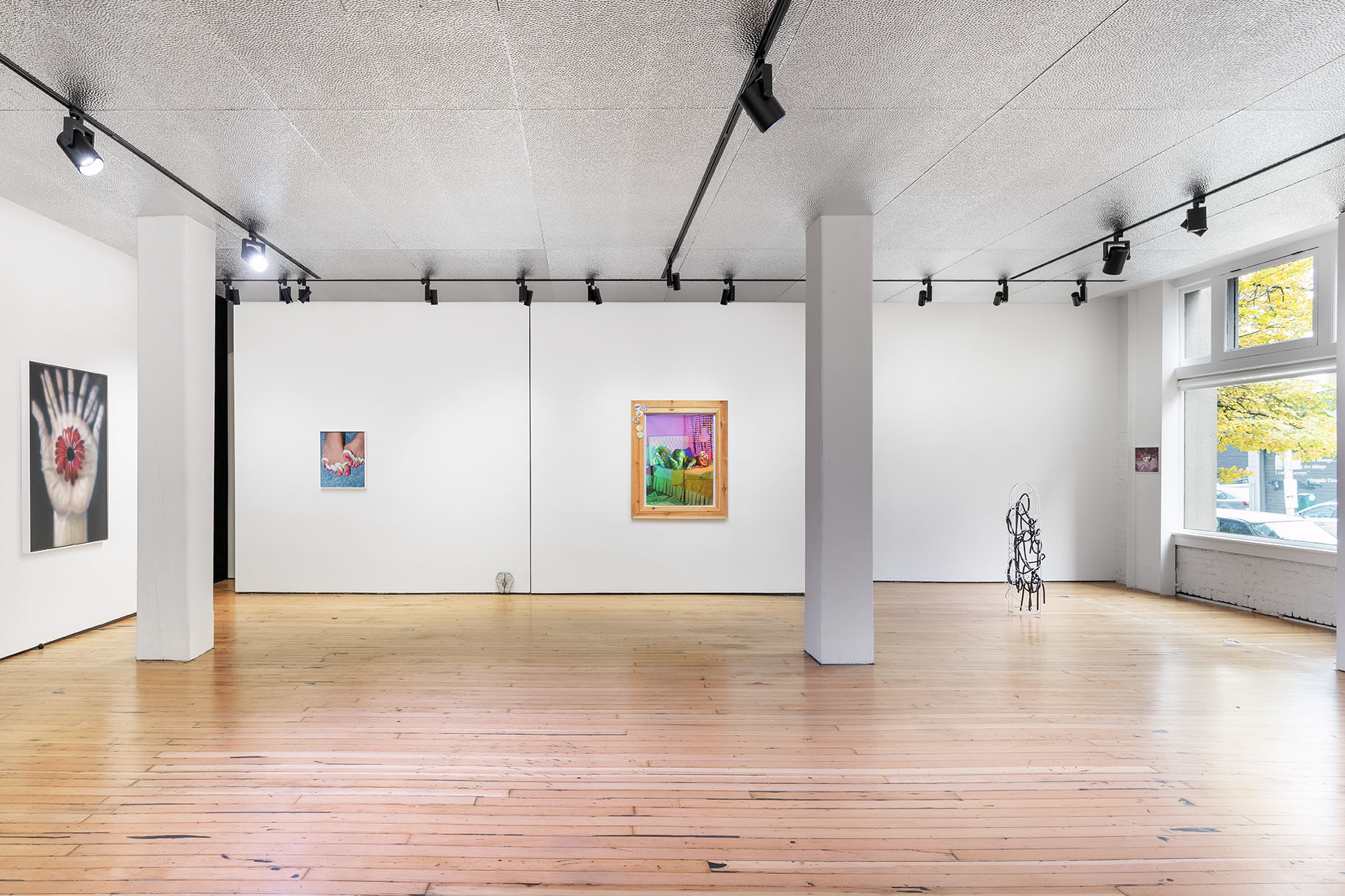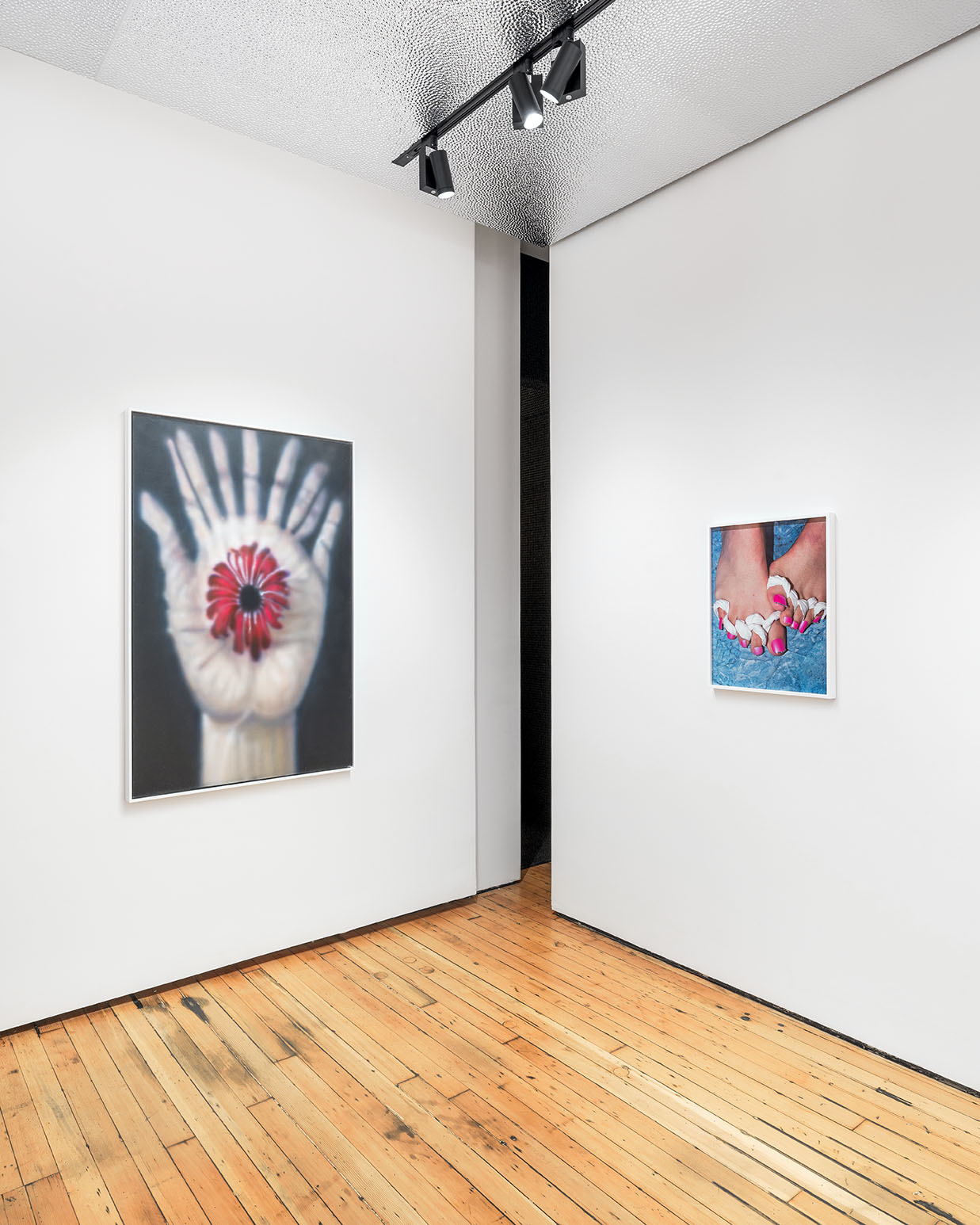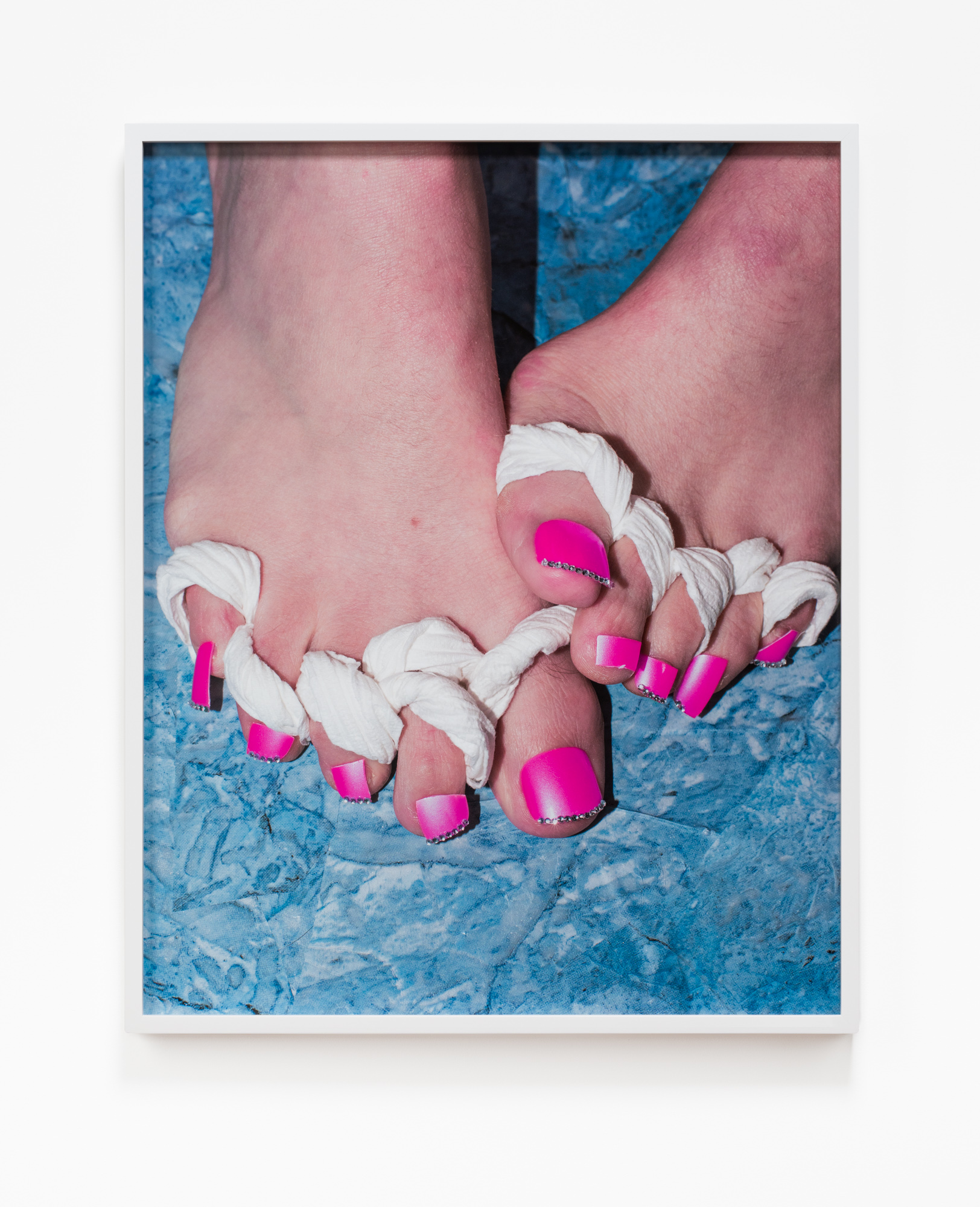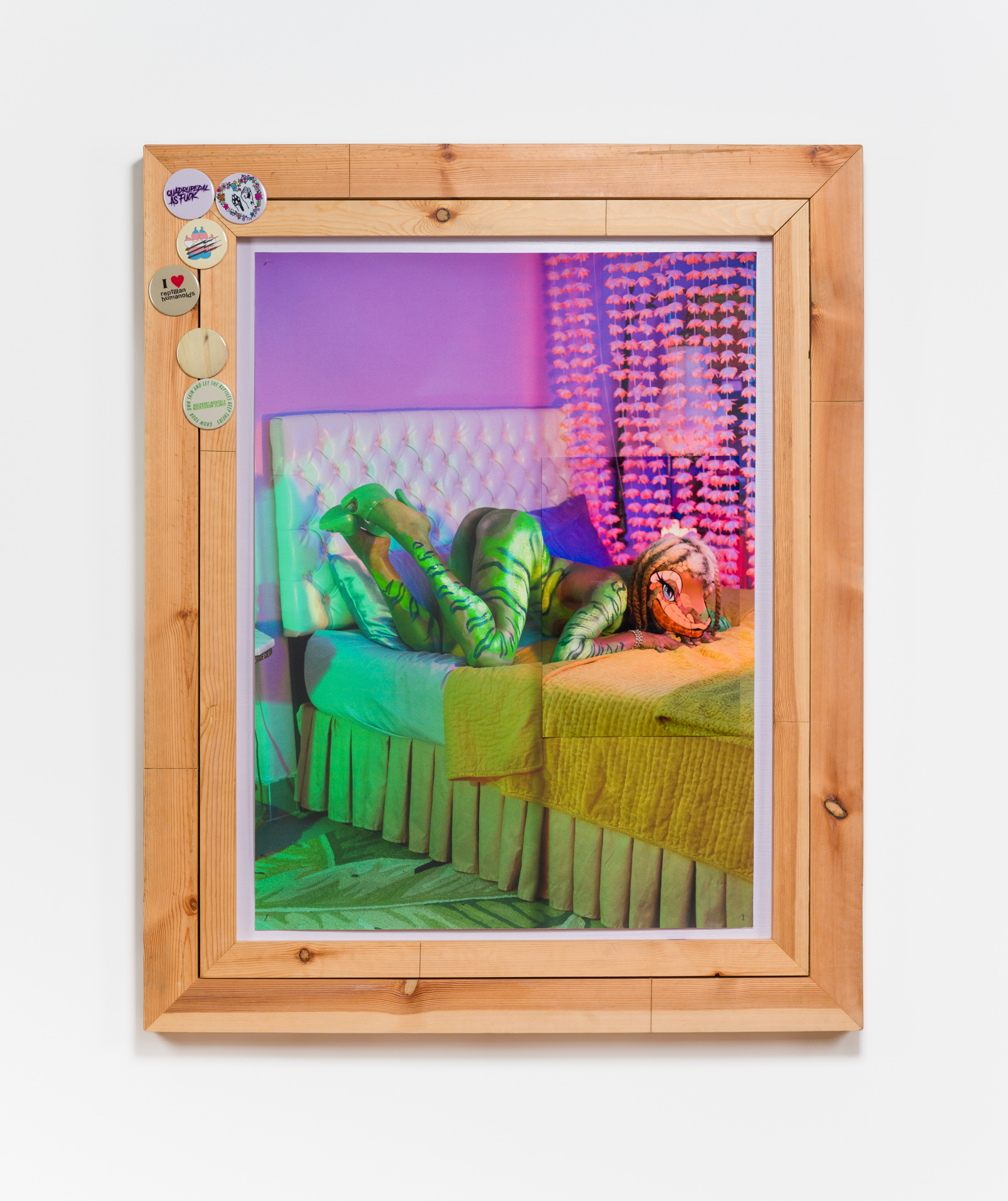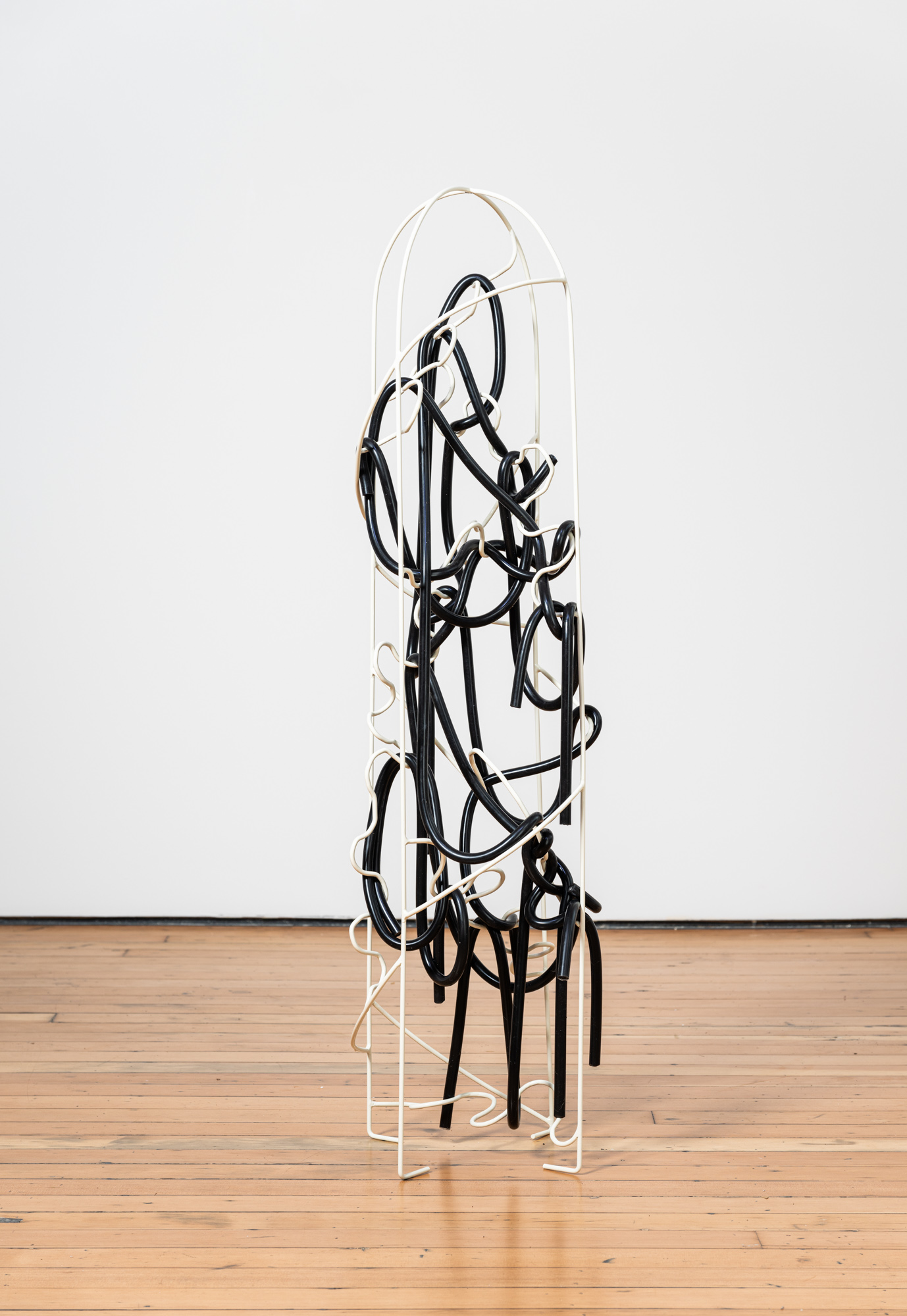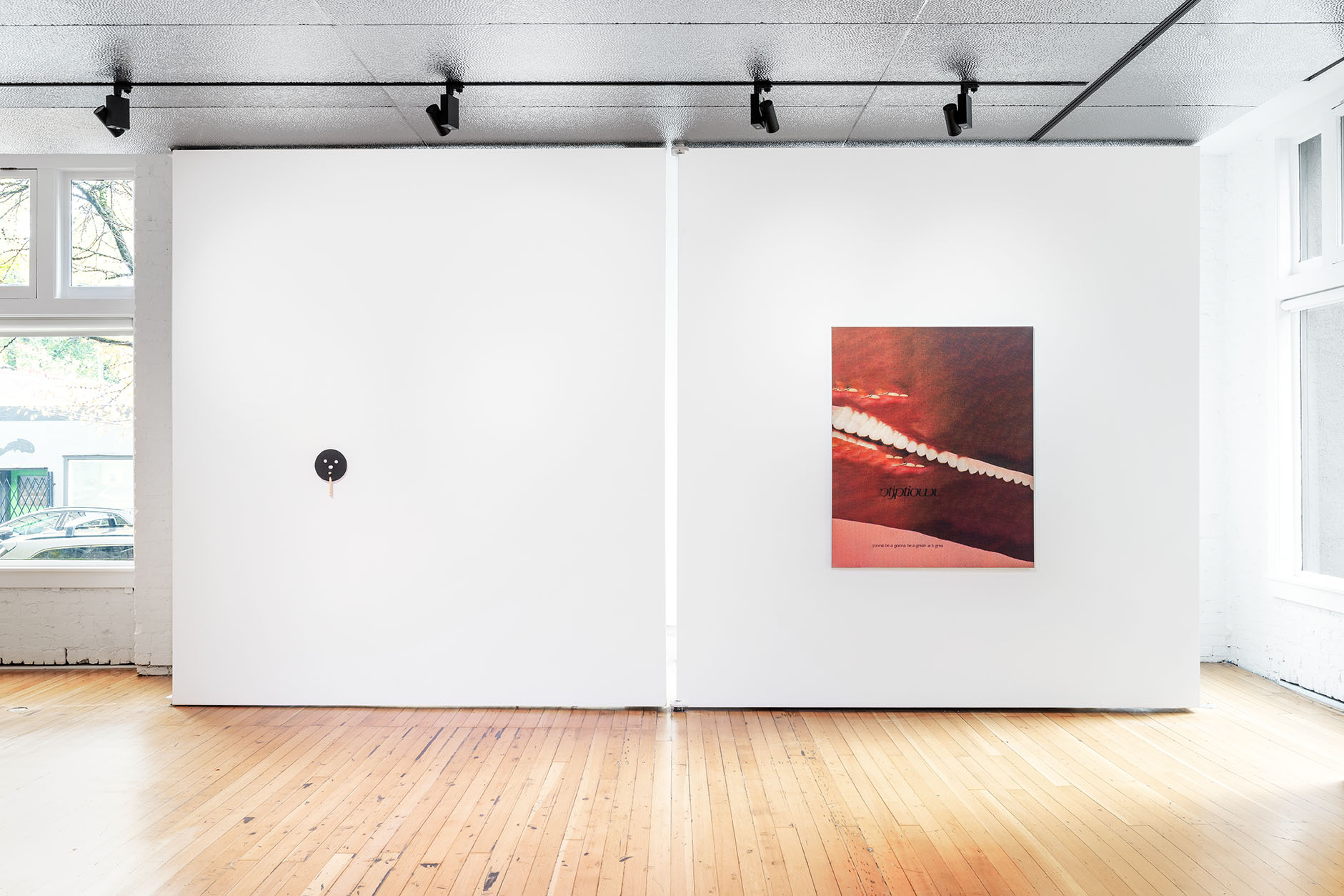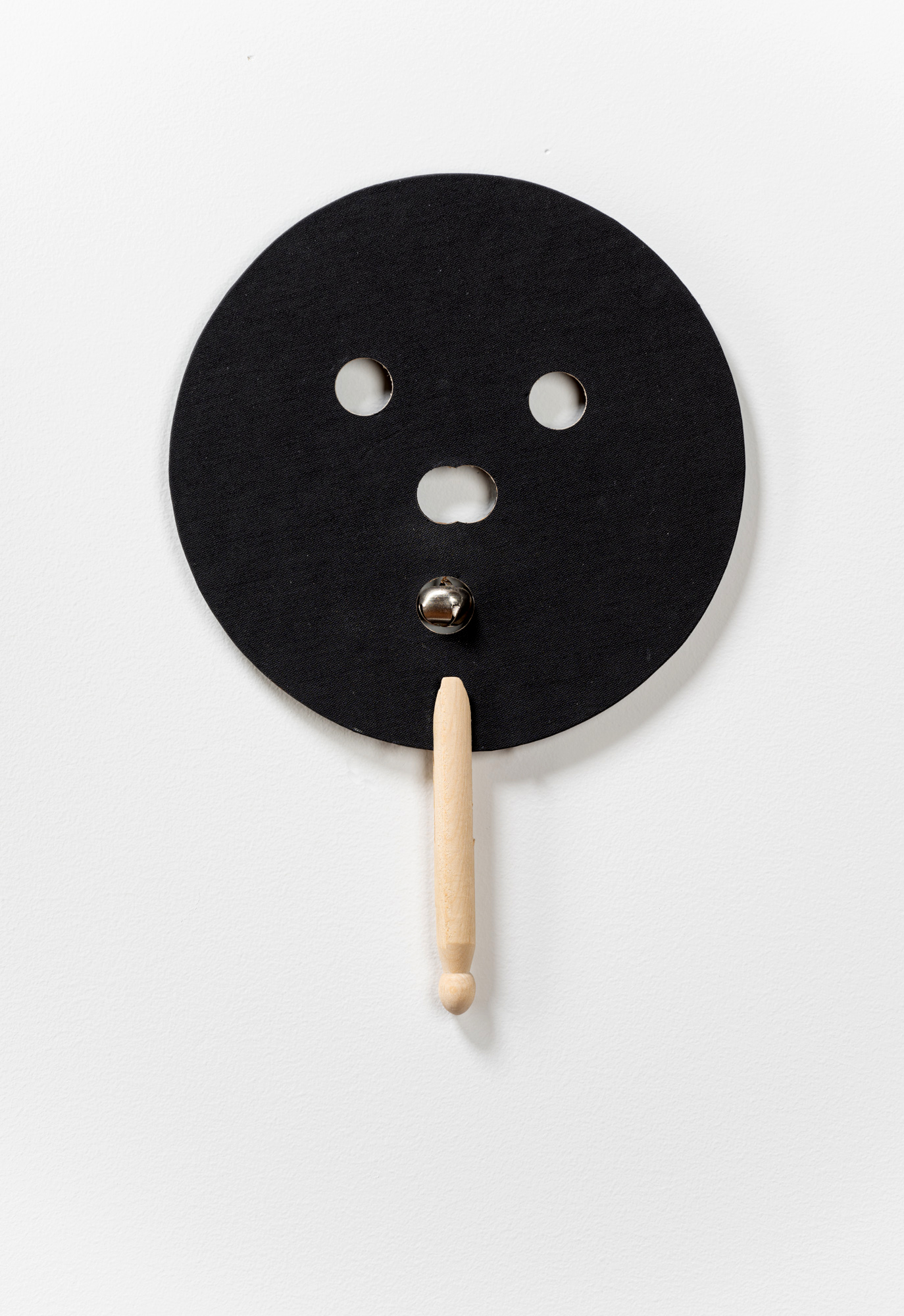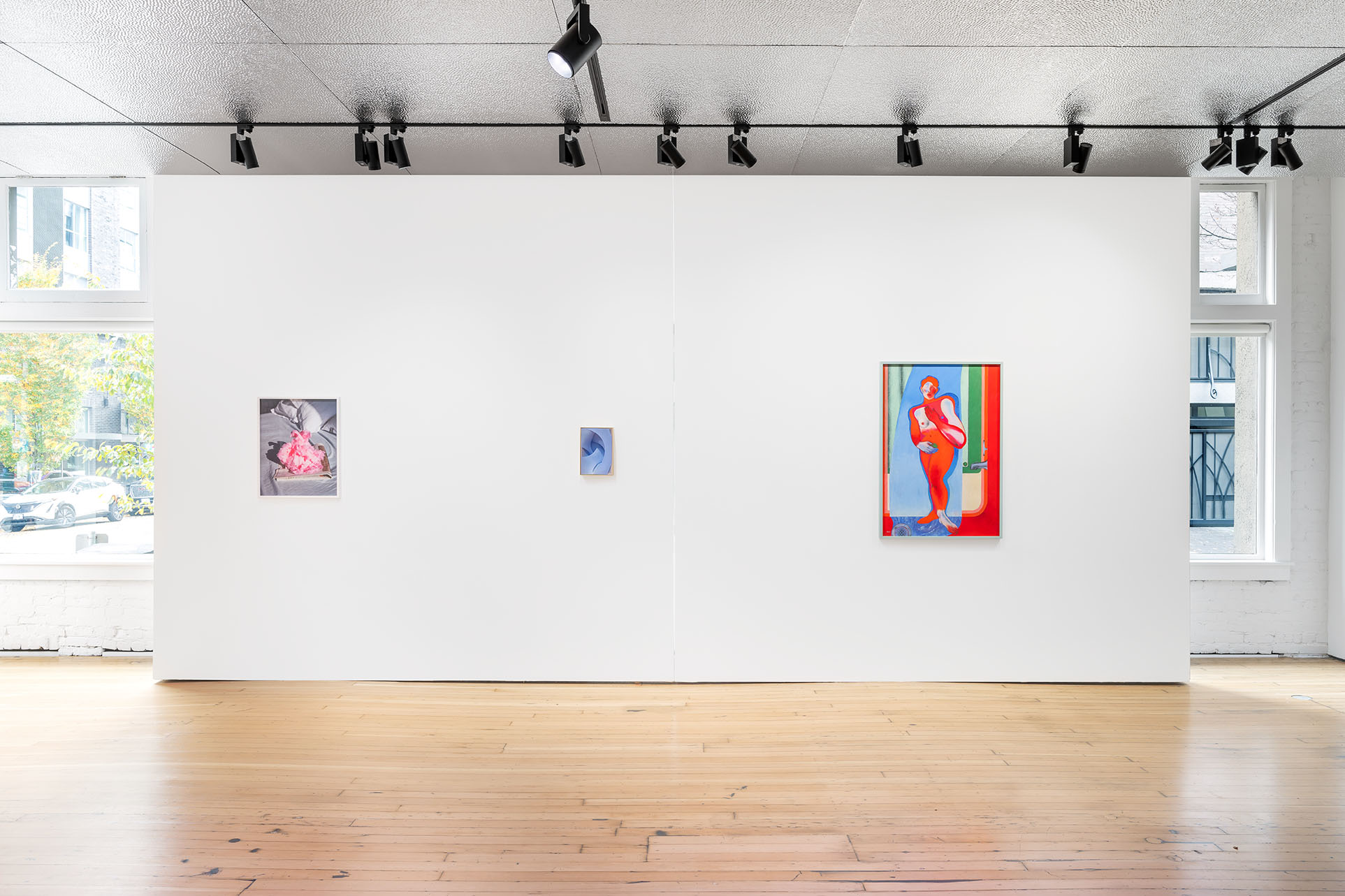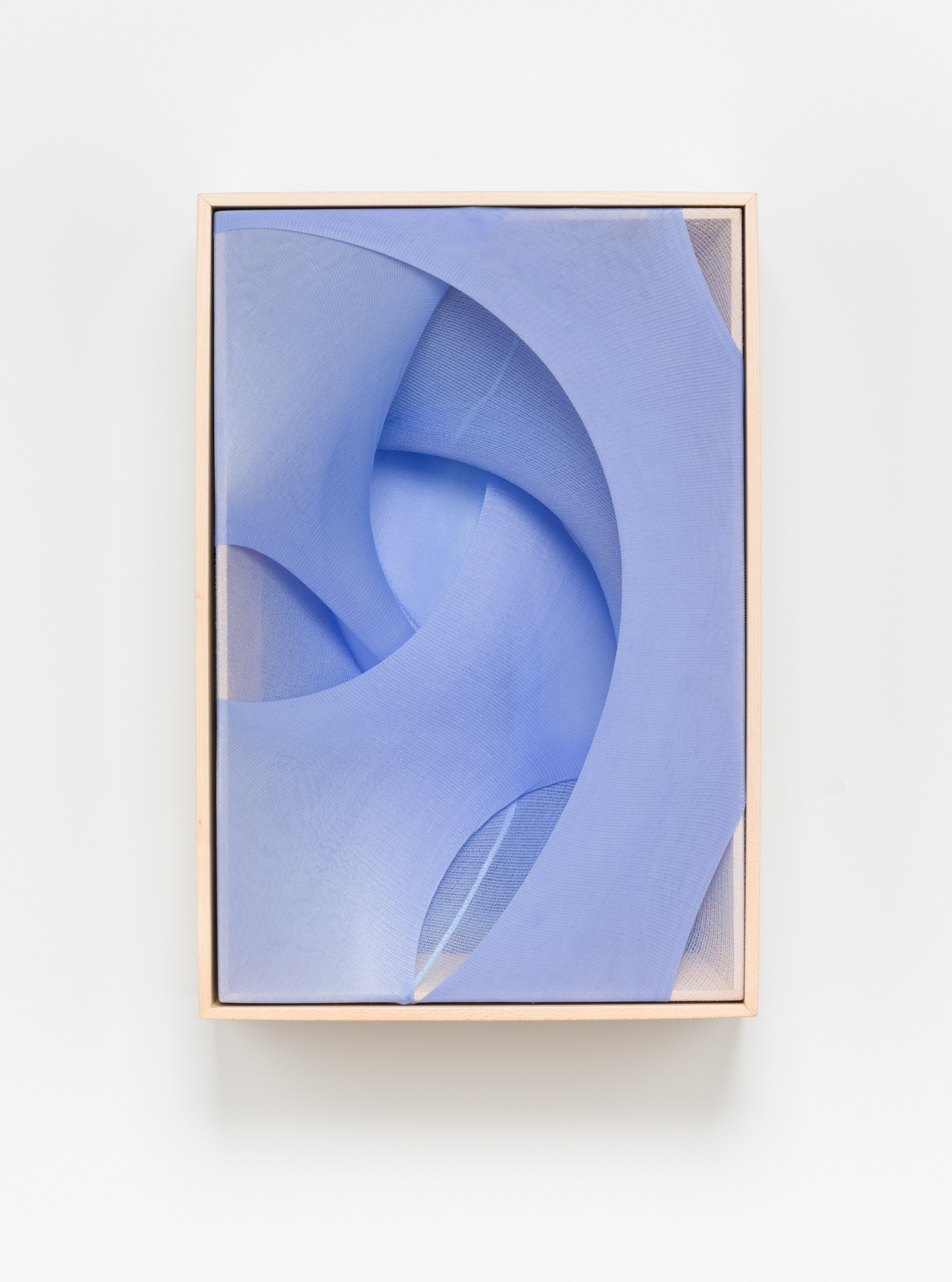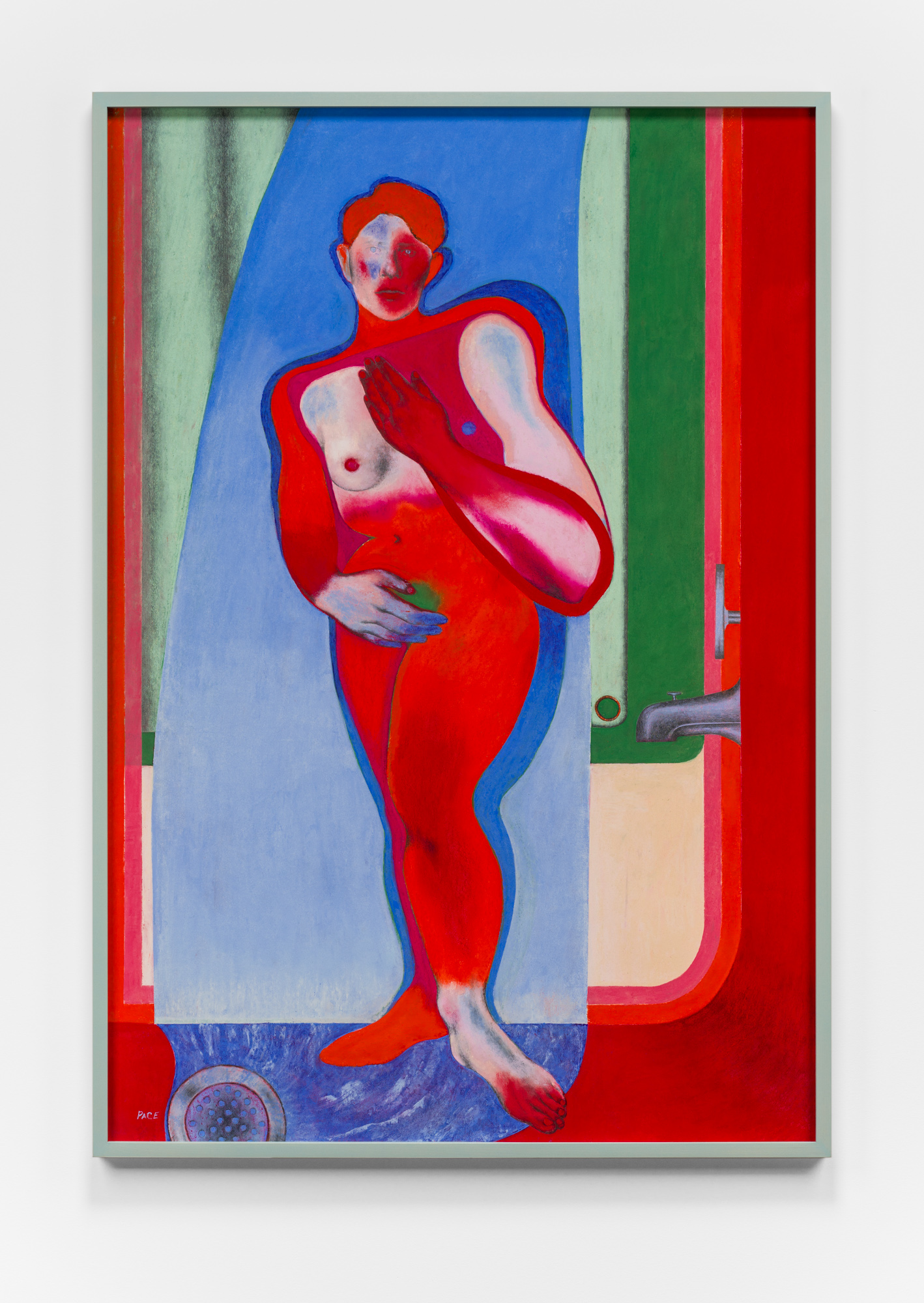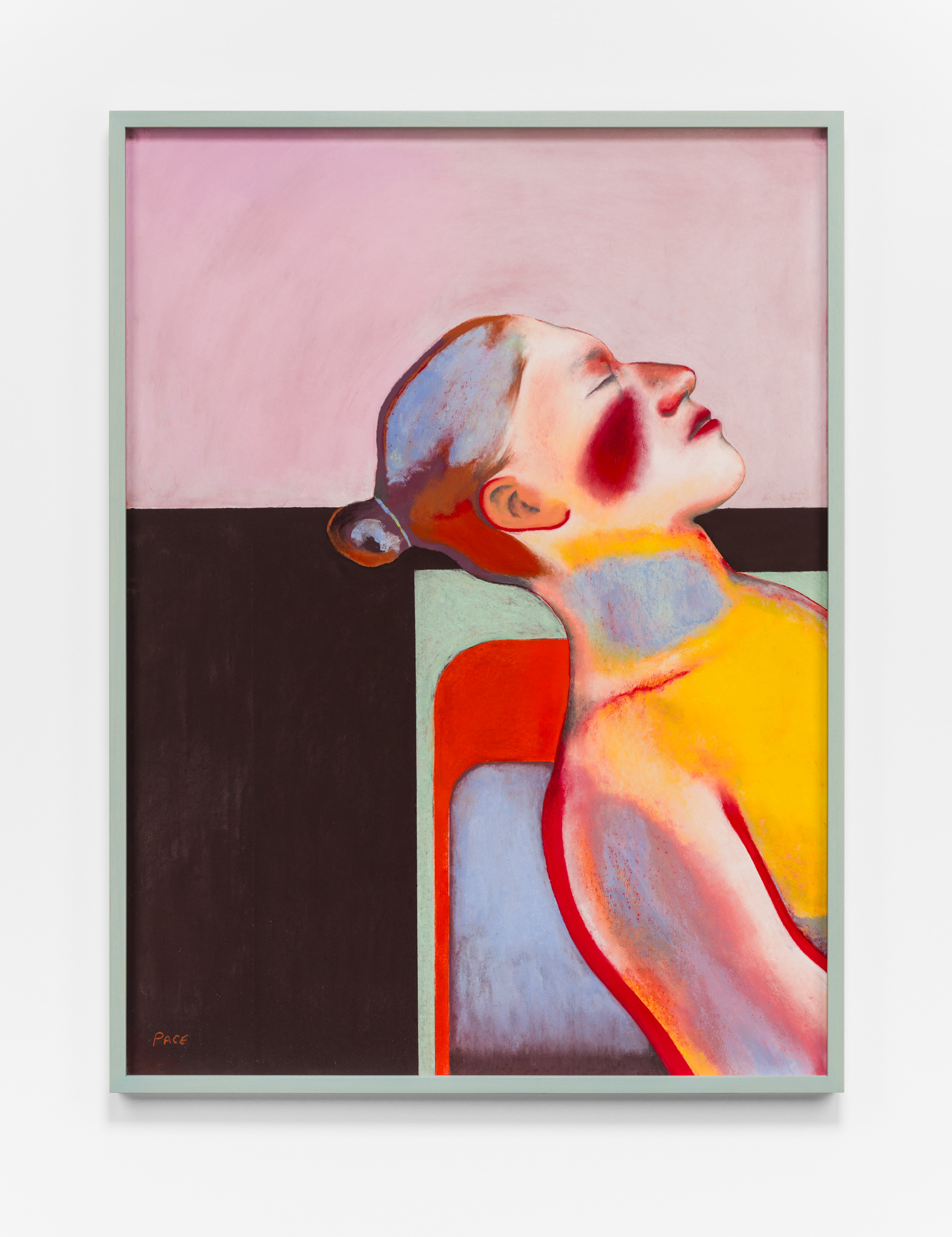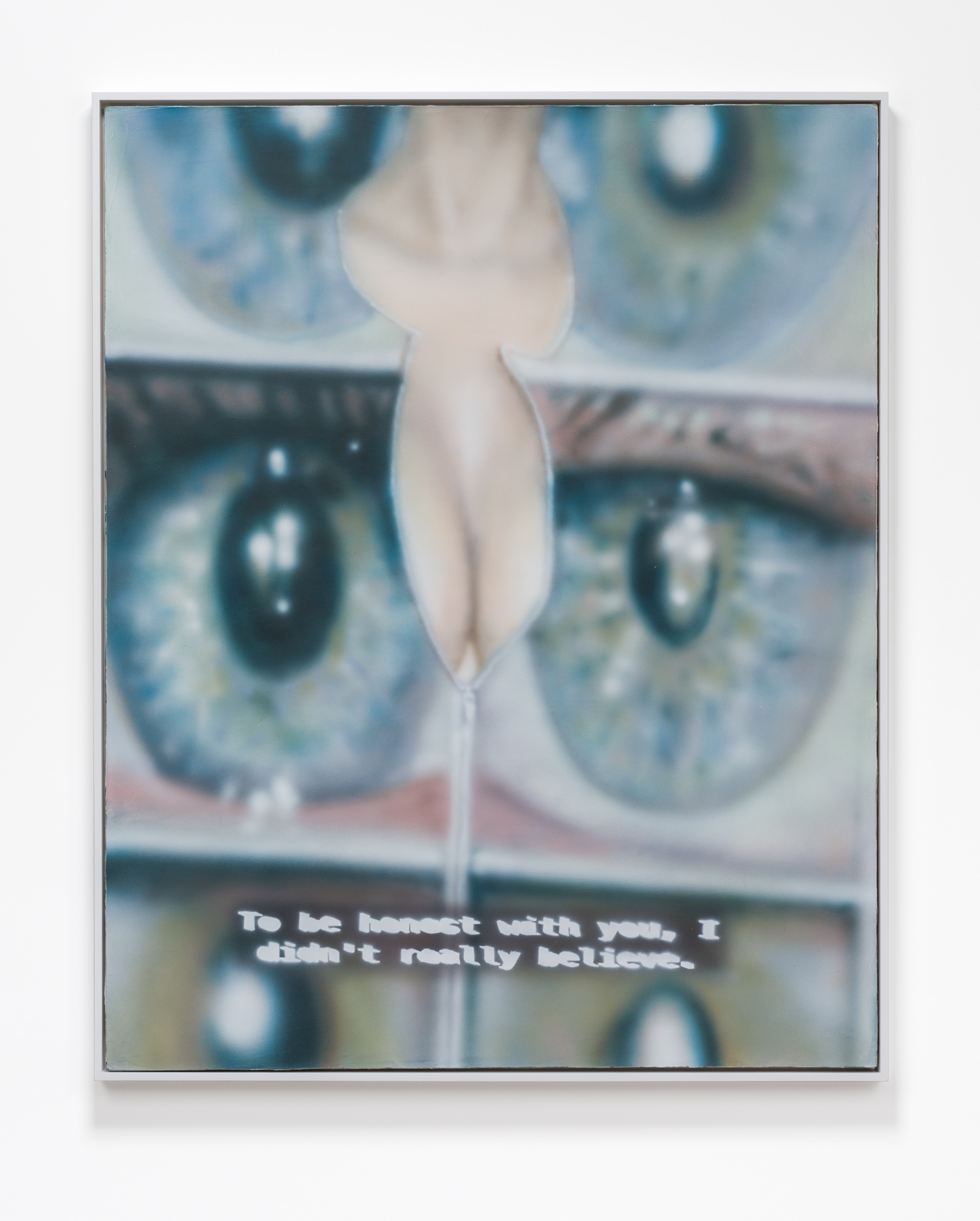Originating from the peculiar language a surgeon used to describe a close friend’s organ and threaded through a poem by Afaa Michael Weaver that describes the speaker’s body as a “city of bones,” the exhibition focuses on works that call to mind the abstractions connoted by the use of the word body. The exhibition considers the ways the word body is used not only as an abstraction and metaphor, but also as a concrete object in a world of objects, and importantly, as reference to a subject, a material and singular being otherwise known as a human.
I am a city of bones features works by an extraordinary group of emerging and established artists working across media including Dylan Beckman, Morgan Buck, Corinne Hamilton, Timothy Yanick Hunter, Juliana Huxtable, Mona Kowalska, Jenine Marsh, Martin Soto Climent, Pace Taylor, and Isabel Yellin.
Central to the exhibition is Sleeping Hermaphroditus, a performance by Los Angeles-based artist Corinne Hamilton modeled on the oft-copied ancient sculpture. Just as Juliana Huxtable’s fictionalizing/essayistic self portraits question normative attitudes toward gender and queer sexuality, Hamilton brings the sleeping figure of Hermaphroditus to life, ushering into focus societal responses and attitudes toward trans women such as herself.
Imagining a hybrid, beyond-human body, Huxtable’s TBT, is a multi-layered work: a mock-seductive self-portrait of the artist in reptilian full-body paint on a bed in a feminized bedroom, the face of which she has collaged over with a cartoon-like visage of a long-lashed, lavender-eyed reptile. Affixed to the raw pine frame are vintage buttons, one of which reads “I [heart] reptilian humanoids.”
In an interview in Sculpture Martin Soto Climent notes that his series begins with the body, sensuality, and the “female energy inside me.” The sculptures use found objects, such as pantyhose, to produce sensuous, anthropomorphic sculptures. Mona Kowalska’s sculptural works cleverly abstract domestic objects (hats, hair, wool, and porcelain dishes) in form, scale, and material in works that obliquely conjure the bodies that might share space with them.
Isabel Yellin’s sculptural works appear bodily, evoking skin, viscera, or limb-like forms. Sensitive and suggestive, Yellin’s work calls to mind a corporeal interiority that carries the weight of memory, grief, and absence. Meanwhile, Jenine Marsh utilizes her own form (in this case, casts of her feet) as both the producer and site of reciprocally responsive interactions between material bodies. Marsh's recent works such as Wish Fulfillment (blue), 2023, use mixed-currency coins as an interface for the deconstruction and dispossession of subjugated identity.
Culling from the internet’s vast array of content, Morgan Buck manipulates images, screenshots, captions, and other weird kernels of the digital to produce photorealistic airbrush paintings. Reminiscent of the failures of AI to generate anatomically accurate hands, Buck’s Single Entity Hand and Flower Hybrid #1, 2023, depicts a human hand with nine digits, mysteriously posed with a flower.
Similarly interested in the interplay between “physical space, digital space, and the intangible,” Timothy Yanick Hunter subjects portraits and partial portraits to manipulations of repetition akin to photostamping as in Untitled (Taste), a recent work examining non-neutral relationships relating to Black and Afro-diasporic experiences.
In a more playful vein are Dylan Beckman’s Pedicure, a photo of feet adorned with bedazzled, ill-fitting, pink paper toenails, and Confection, an image of a bright pink tuft of cotton candy poised as a stand-in for a body on an empty bed. Equally driven by color and tenderness, Pace Taylor’s intimate paintings use bright colors in contrast to the vulnerable, and often quiet, repose of the figures depicted.
Download PDF